| Weight | 1 lbs |
|---|---|
| Dimensions | 9 × 5 × 2 in |
| host | rabbit |
| isotype | IgG |
| clonality | polyclonal |
| concentration | 1 mg/mL |
| applications | ICC/IF, WB |
| reactivity | Caspase-9 (I20) |
| available sizes | 100 µg |
rabbit anti-Caspase-9 (I120) polyclonal antibody 4094
$445.00
Antibody summary
- Rabbit polyclonal to Caspase-9 (I120)
- Suitable for: ELISA,WB,ICC,IF,IP
- Isotype: IgG
- 100 µg
rabbit anti-Caspase-9 (I120) polyclonal antibody 4094
| antibody |
|---|
| Tested applications WB,IHC,IHC,ICC/IF,ELISA |
| Recommended dilutions Immunoblotting: use at 1ug/mL. Immunocytochemistry: use at 2ug/mL. These are recommended concentrations. Enduser should determine optimal concentrations for their applications. Positive control: Whole cell lysate from HeLa cells. |
| Immunogen Peptide corresponding to aa 299- 318 of human caspase-9 (accession no. P55211). |
| Size and concentration 100µg and lot specific |
| Form liquid |
| Storage Instructions This antibody is stable for at least one (1) year at -20°C. Avoid multiple freeze-thaw cycles. |
| Storage buffer PBS, pH 7.4. |
| Purity peptide affinity purification |
| Clonality polyclonal |
| Isotype IgG |
| Compatible secondaries goat anti-rabbit IgG, H&L chain specific, peroxidase conjugated, conjugated polyclonal antibody 9512 goat anti-rabbit IgG, H&L chain specific, biotin conjugated polyclonal antibody 2079 goat anti-rabbit IgG, H&L chain specific, FITC conjugated polyclonal antibody 7863 goat anti-rabbit IgG, H&L chain specific, Cross Absorbed polyclonal antibody 2371 goat anti-rabbit IgG, H&L chain specific, biotin conjugated polyclonal antibody, crossabsorbed 1715 goat anti-rabbit IgG, H&L chain specific, FITC conjugated polyclonal antibody, crossabsorbed 1720 |
| Isotype control Rabbit polyclonal - Isotype Control |
| target relevance |
|---|
| Protein names Caspase-9 (CASP-9) (EC 3.4.22.62) (Apoptotic protease Mch-6) (Apoptotic protease-activating factor 3) (APAF-3) (ICE-like apoptotic protease 6) (ICE-LAP6) [Cleaved into: Caspase-9 subunit p35; Caspase-9 subunit p10] |
| Gene names CASP9,CASP9 MCH6 |
| Protein family Peptidase C14A family |
| Mass 46281Da |
| Function FUNCTION: Involved in the activation cascade of caspases responsible for apoptosis execution. Binding of caspase-9 to Apaf-1 leads to activation of the protease which then cleaves and activates effector caspases caspase-3 (CASP3) or caspase-7 (CASP7). Promotes DNA damage-induced apoptosis in a ABL1/c-Abl-dependent manner. Proteolytically cleaves poly(ADP-ribose) polymerase (PARP). Cleaves BIRC6 following inhibition of BIRC6-caspase binding by DIABLO/SMAC (PubMed:36758105, PubMed:36758106). {ECO:0000269|PubMed:15657060, ECO:0000269|PubMed:16352606, ECO:0000269|PubMed:16916640, ECO:0000269|PubMed:23516580, ECO:0000269|PubMed:27889207, ECO:0000269|PubMed:35338844, ECO:0000269|PubMed:35446120}.; FUNCTION: [Isoform 2]: Lacks activity is an dominant-negative inhibitor of caspase-9. {ECO:0000269|PubMed:10070954}. |
| Catalytic activity CATALYTIC ACTIVITY: Reaction=Strict requirement for an Asp residue at position P1 and with a marked preference for His at position P2. It has a preferred cleavage sequence of Leu-Gly-His-Asp-|-Xaa.; EC=3.4.22.62; Evidence={ECO:0000269|PubMed:16916640, ECO:0000269|PubMed:23516580, ECO:0000269|PubMed:27889207}; |
| Tissues TISSUE SPECIFICITY: Ubiquitous, with highest expression in the heart, moderate expression in liver, skeletal muscle, and pancreas. Low levels in all other tissues. Within the heart, specifically expressed in myocytes. {ECO:0000269|PubMed:16857965}. |
| Structure SUBUNIT: Heterotetramer that consists of two anti-parallel arranged heterodimers, each one formed by a 35 kDa (p35) and a 10 kDa (p10) subunit. Caspase-9 and APAF1 bind to each other via their respective NH2-terminal CED-3 homologous domains in the presence of cytochrome C and ATP. Interacts (inactive form) with EFHD2. Interacts with HAX1. Interacts with BIRC2/c-IAP1, XIAP/BIRC4, BIRC5/survivin, BIRC6/bruce and BIRC7/livin. Interacts with ABL1 (via SH3 domain); the interaction is direct and increases in the response of cells to genotoxic stress and ABL1/c-Abl activation. Interacts with BCL2L10 (PubMed:19255499). Interacts with NleF from pathogenic E.coli. {ECO:0000269|PubMed:11734640, ECO:0000269|PubMed:12620238, ECO:0000269|PubMed:15200957, ECO:0000269|PubMed:15657060, ECO:0000269|PubMed:16857965, ECO:0000269|PubMed:19118655, ECO:0000269|PubMed:19255499, ECO:0000269|PubMed:23516580}. |
| Post-translational modification PTM: Cleavages at Asp-315 by granzyme B and at Asp-330 by caspase-3 generate the two active subunits. Caspase-8 and -10 can also be involved in these processing events.; PTM: Phosphorylated at Thr-125 by MAPK1/ERK2. Phosphorylation at Thr-125 is sufficient to block caspase-9 processing and subsequent caspase-3 activation. Phosphorylation on Tyr-153 by ABL1/c-Abl; occurs in the response of cells to DNA damage. {ECO:0000269|PubMed:12792650, ECO:0000269|PubMed:15657060}.; PTM: (Microbial infection) ADP-riboxanation by C.violaceum CopC blocks CASP9 processing, preventing CASP9 activation and ability to mediate intrinsic apoptosis. {ECO:0000269|PubMed:35338844, ECO:0000269|PubMed:35446120}.; PTM: Ubiquitinated by BIRC6; this activity is inhibited by DIABLO/SMAC. {ECO:0000269|PubMed:36758105, ECO:0000269|PubMed:36758106}. |
| Target Relevance information above includes information from UniProt accession: P55211 |
| The UniProt Consortium |
Data
Publications
| pmid | title | authors | citation |
|---|---|---|---|
| We haven't added any publications to our database yet. | |||
Protocols
| relevant to this product |
|---|
| Western blot IHC ICC |
Documents
| # | SDS | Certificate | |
|---|---|---|---|
| Please enter your product and batch number here to retrieve product datasheet, SDS, and QC information. | |||
Only logged in customers who have purchased this product may leave a review.

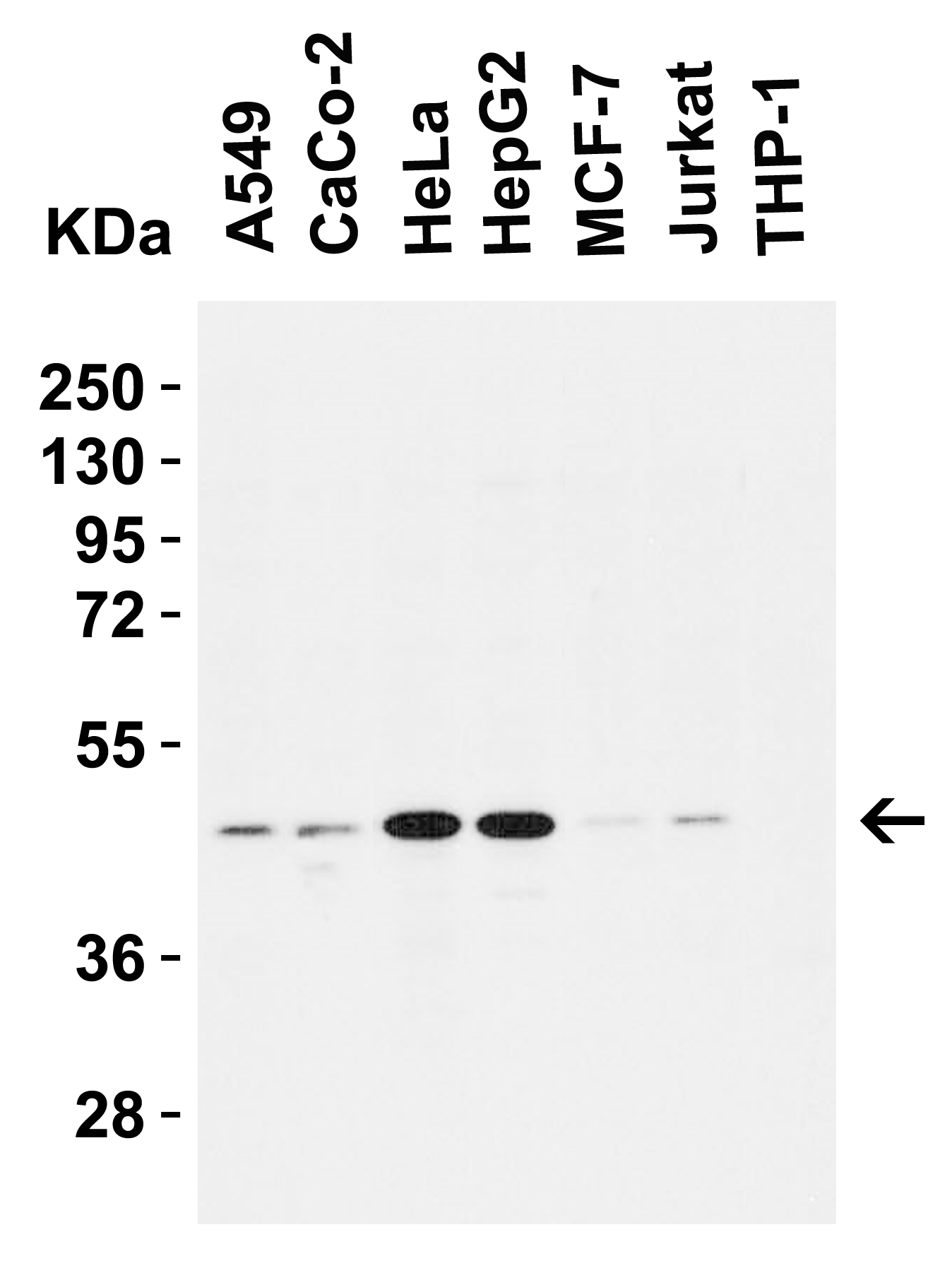

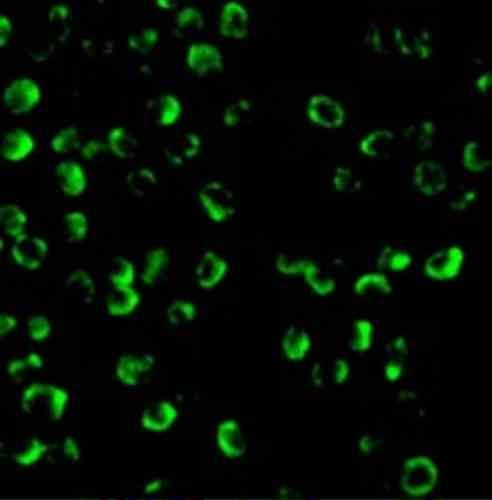

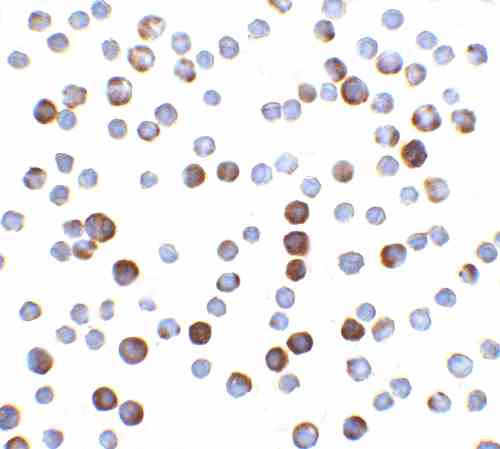
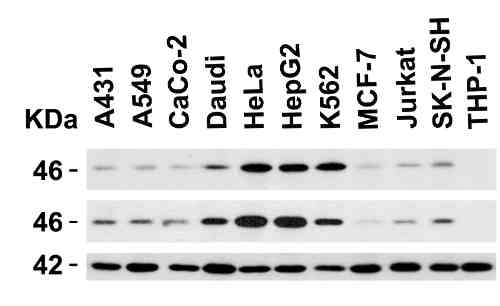
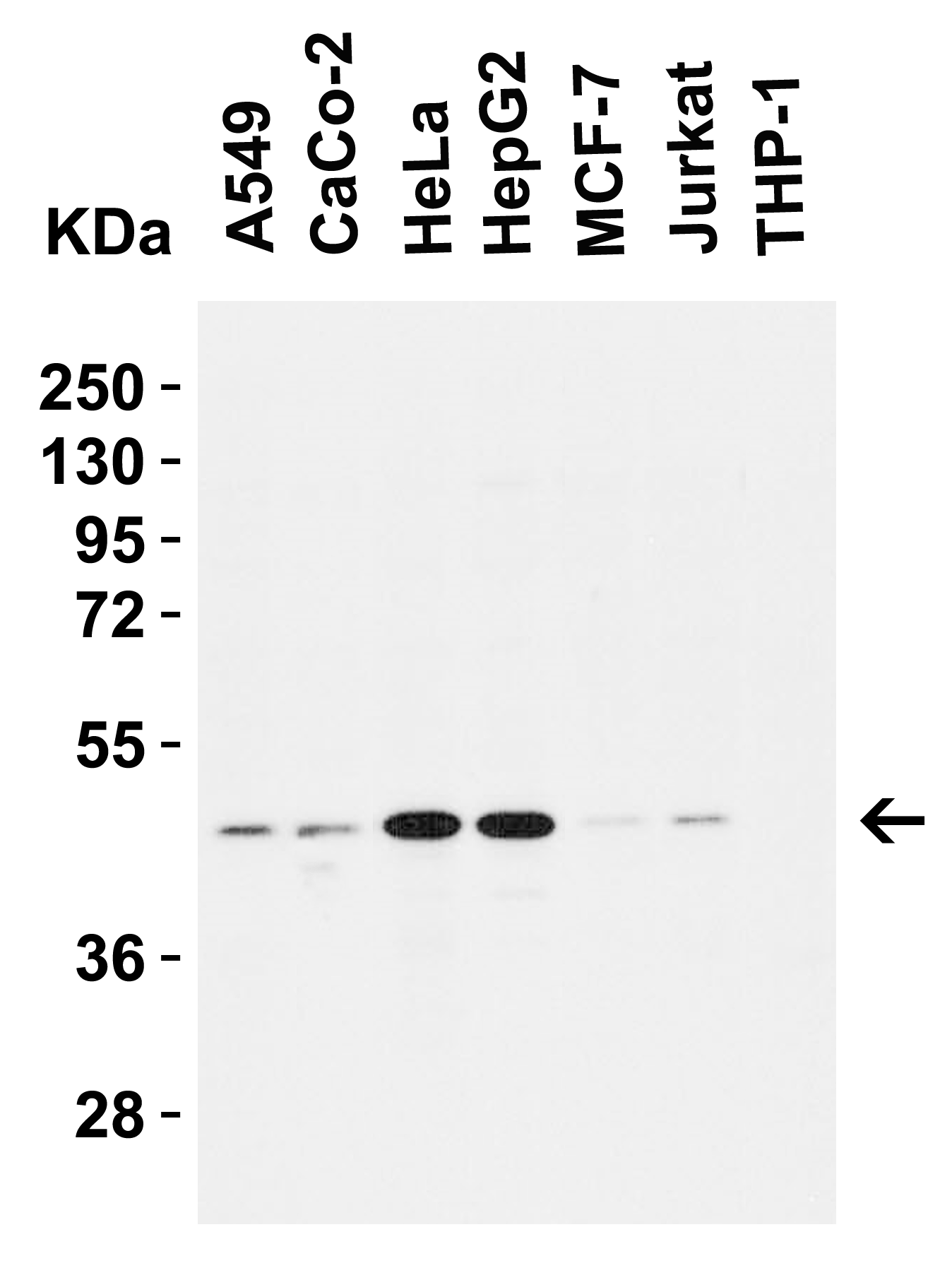

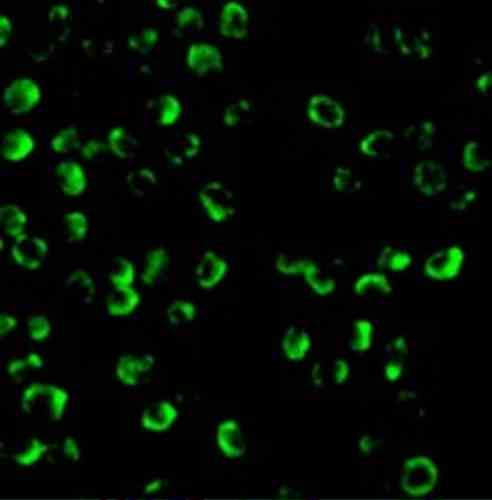
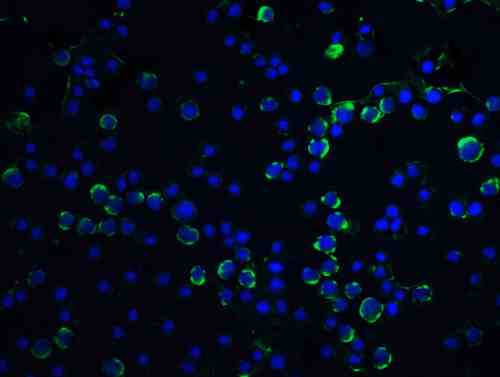


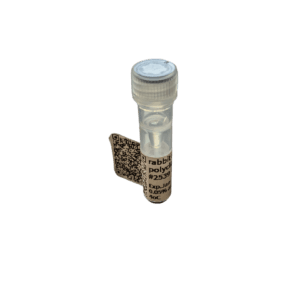



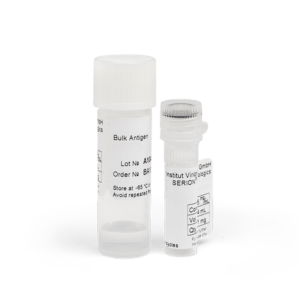
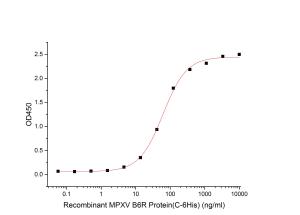
Reviews
There are no reviews yet.